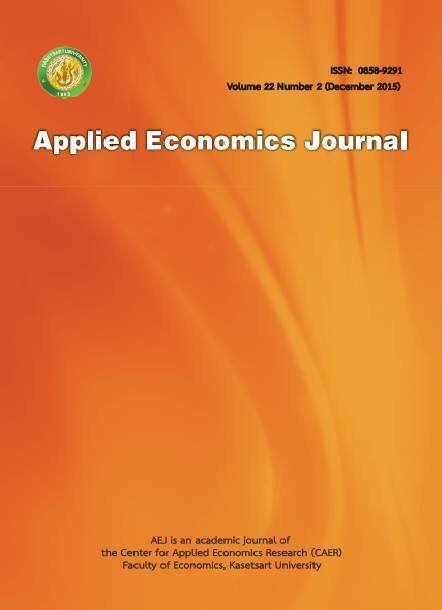Hall of Mirrors: The Great Depression, the Great Recession, and the Uses—and Misuses—of History
Main Article Content
Abstract
Economic analysis of the world crisis of the 1930s, known as the Great Depression in the United States, continues to expand more than 80 years after its onset. Similarly, the Great Recession (2007-2009 in the United States) shows every sign of joining it as a major focus of economic historians. Barry Eichengreen’s book, Hall of Mirrors, sets a new standard by combining the two into a set of chronological parallel histories focused on policies and policy makers and the ways they used and misused history. He explores the lead ups to the two crises, the passage of regulations and the omission of regulations that enabled the crises, and most centrally, the reasons why policy makers in 2008 were able to avoid another Great Depression but still allowed a deeper and longer recession than necessary. The histories are told with attention to the details of economic analysis and the contexts of domestic and world politics. Eichengreen’s work is qualitative but informed by quantitative analysis and his own extensive research on the Great Depression and financial crises of the late 19th and 20th centuries.
Article Details
How to Cite
Gerber, J. (2016). Hall of Mirrors: The Great Depression, the Great Recession, and the Uses—and Misuses—of History. Asian Journal of Applied Economics, 22(2), 135–140. retrieved from https://so01.tci-thaijo.org/index.php/AEJ/article/view/57292
Section
Book Reviews
The paper is published under CC BY-NC-ND, in which the article is freely downloaded and shared in its original form non-commercially and its citation details are identified.


